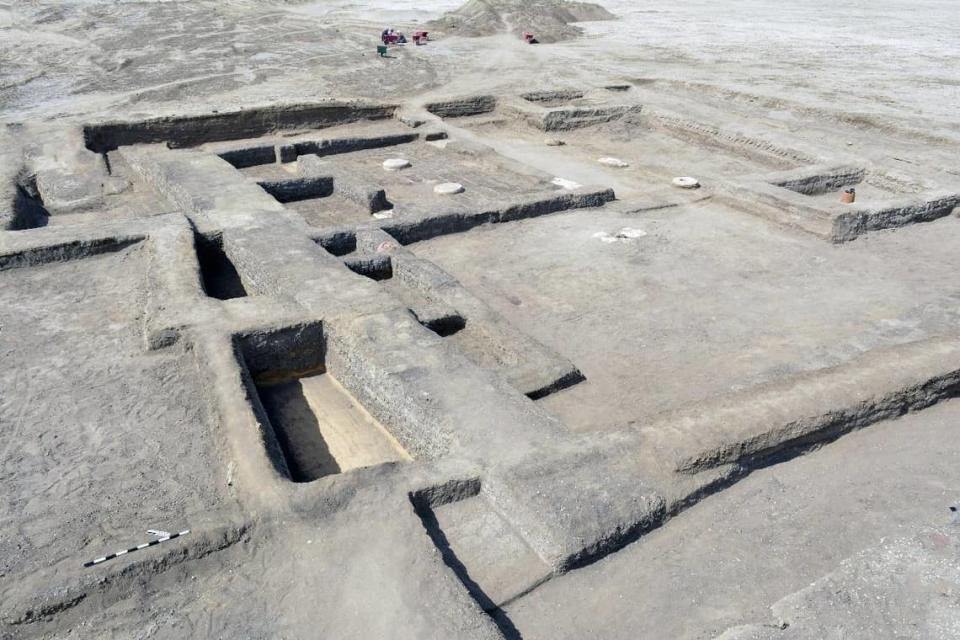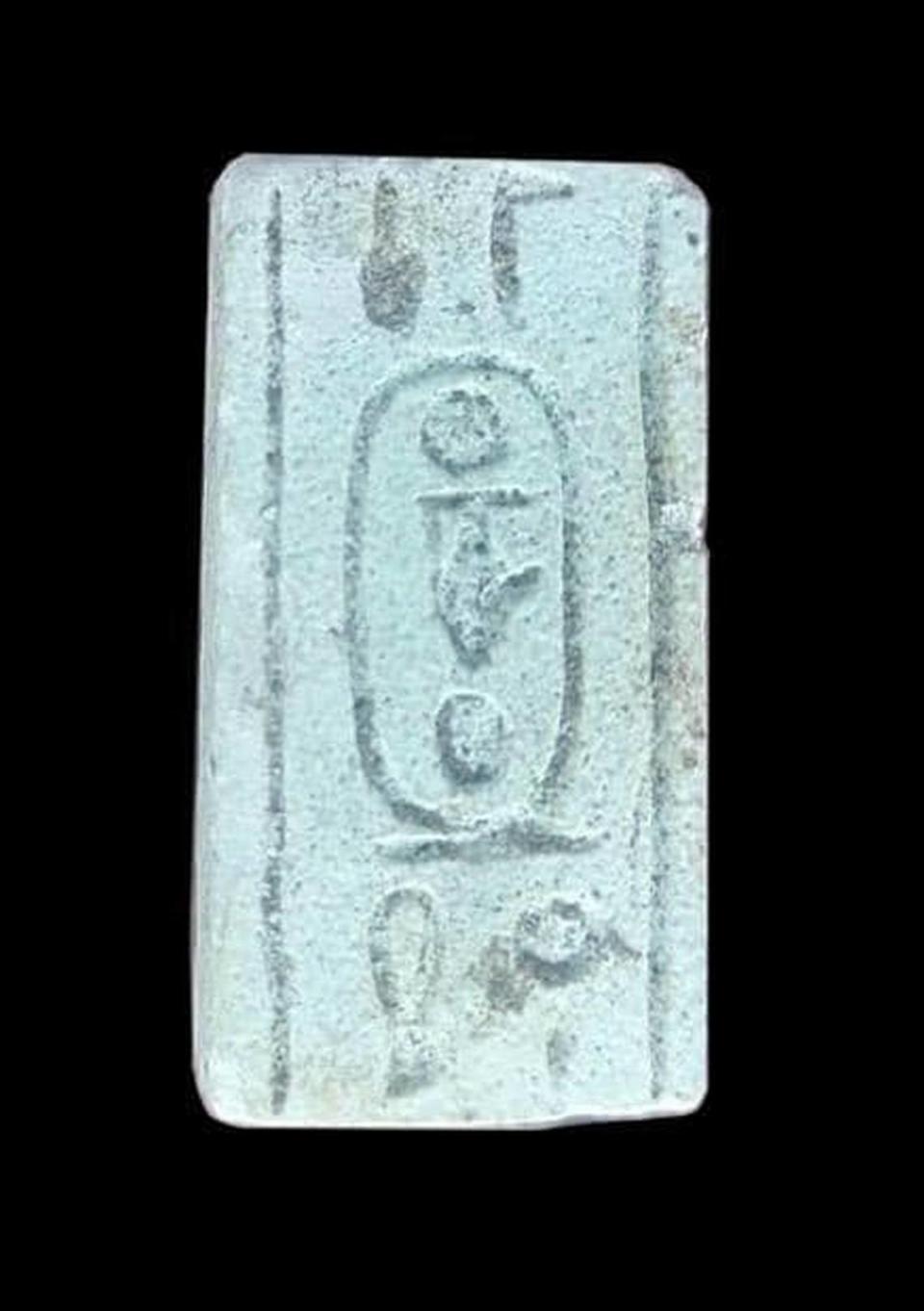3,400-year-old site — where the Pharaoh relaxed — unearthed in Egypt. See the ruins
Excavations in northeastern Egypt recently unearthed the ruins of a 3,400-year-old building fit for a king — literally.
Archaeologists found the ruined house at the Tel Habwa site on the Sinai Peninsula during a development project, Egypt’s Ministry of Tourism and Antiquities said in an April 25 Facebook post. The house had two central pillared halls with several rooms attached.
Based on the layout of the building and the artifacts found inside, archaeologists identified the structure as an ancient royal rest house built for King Thutmose III. They believe the Pharaoh used the building to rest and relax in between military campaigns.

Uncover more archaeological finds
What are we learning about the past? Here are three of our most eye-catching archaeology stories from the past week.
→ Farmer loses plow part in Polish field — then finds historic artifact during search
→Divers remove ancient Roman cargo from shipwreck — and find unique carvings. See them
→ Metal detectorists find ancient portrait in Danish field. See the 'legend' it depicts
Thutmose III ruled ancient Egypt from 1479 B.C. until his death in 1425 B.C., according to Britannica. During his reign, he led 17 military campaigns to expand Egypt’s eastern and southern borders. As a result, he “brought the Egyptian empire to the zenith of its power.”
The 3,400-year-old rest house in Tel Habwa sits at the start of an ancient route known as “Horus Road,” according to Egypt’s State Information Service. Stretching from Egypt across the Sinai Peninsula and into the Gaza Strip, this strategic road was dotted with fortifications and military installations.
Today, Tel Habwa, also known as Tharu, is an archaeological site along the Suez Canal in Qantara Sharq, officials said. This area is a roughly 100-mile drive northeast from Cairo.

Photos show what’s left of the 3,400-year-old rest house. Archaeologists said the building is significant because it provides more information about ancient Egyptian military history.
The building was later fortified and eventually turned into a cemetery, archaeologists said. Some of these ancient burials included children’s graves.
Excavations at the Tel Habwa site are ongoing.
Google Translate was used to translate the news release from Egypt’s Ministry of Tourism and Antiquities.
‘Rare’ statue sat hidden in dried-up pond at 800-year-old temple — until now. See it
Workers unearth steelworks at medieval castle in UK — and find someone’s ‘hidey-hole’
Massive 2,200-year-old tomb with grand interior unearthed in China. See its treasures

